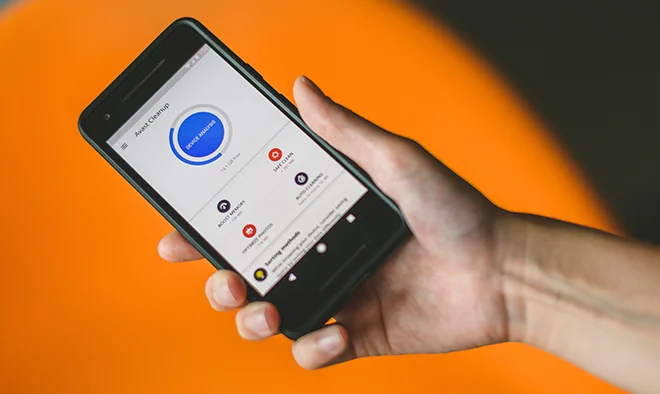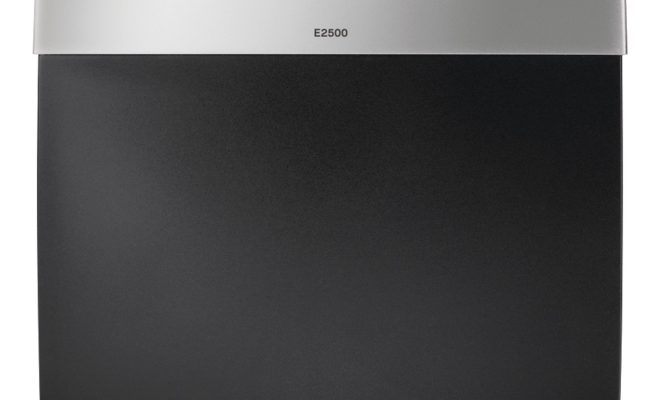5G Speed: How to Understand the Numbers

5G technology has become the buzzword in the telecom industry with its promise of unparalleled speed and seamless connectivity. However, there is a lot of confusion around how 5G speed is measured and what the numbers actually mean. In this article, we will break down the different metrics used to measure 5G speed and how to interpret them.
First and foremost, it is important to understand that there are two types of 5G networks: Sub-6GHz and mmWave (millimeter Wave). Sub-6GHz operates on lower frequencies and offers wider coverage, while mmWave operates on higher frequencies and offers faster data speeds but with limited coverage. Most mobile carriers in the US currently offer Sub-6GHz networks, while mmWave networks are only available in select areas.
The most common metric used to measure 5G speed is the download speed, which is the rate at which data is received by the device from the network. This is measured in megabits per second (Mbps) or gigabits per second (Gbps). According to a report by Opensignal, the average 5G download speed in the US ranges from 76 Mbps to 203 Mbps depending on the carrier and location.
Another important metric to consider is the upload speed, which is the rate at which data is sent from the device to the network. This is also measured in Mbps or Gbps. In general, upload speeds are lower than download speeds, and 5G networks are no exception. The average upload speed for 5G in the US is between 13 Mbps and 66 Mbps, again depending on the carrier and location.
Latency is another factor to consider when looking at 5G speed. This is the delay between sending a request and receiving a response from the network. In general, 5G networks have lower latency than 4G networks, which means faster response times. The average latency for 5G in the US is between 18ms and 49ms depending on the carrier and location.
It is also worth noting that 5G speeds may vary depending on a variety of factors such as location, network congestion, and the type of device being used. For example, 5G speeds may be faster in urban areas than in rural areas due to the density of network infrastructure. Similarly, older devices may not be able to fully take advantage of 5G speeds.
So, how do you interpret these numbers and decide if a 5G network is right for you? It all depends on your usage and expectations. If you frequently stream videos or play online games, a faster 5G network may provide a better experience. However, if you mainly use your device for browsing the web or sending emails, the benefits of 5G may not be as noticeable.
In conclusion, 5G technology has the potential to revolutionize the way we connect and communicate, but it is important to understand the different metrics used to measure 5G speed and how they may impact your usage. By considering factors such as download and upload speeds, latency, and device compatibility, you can make an informed decision about whether 5G is right for you.





